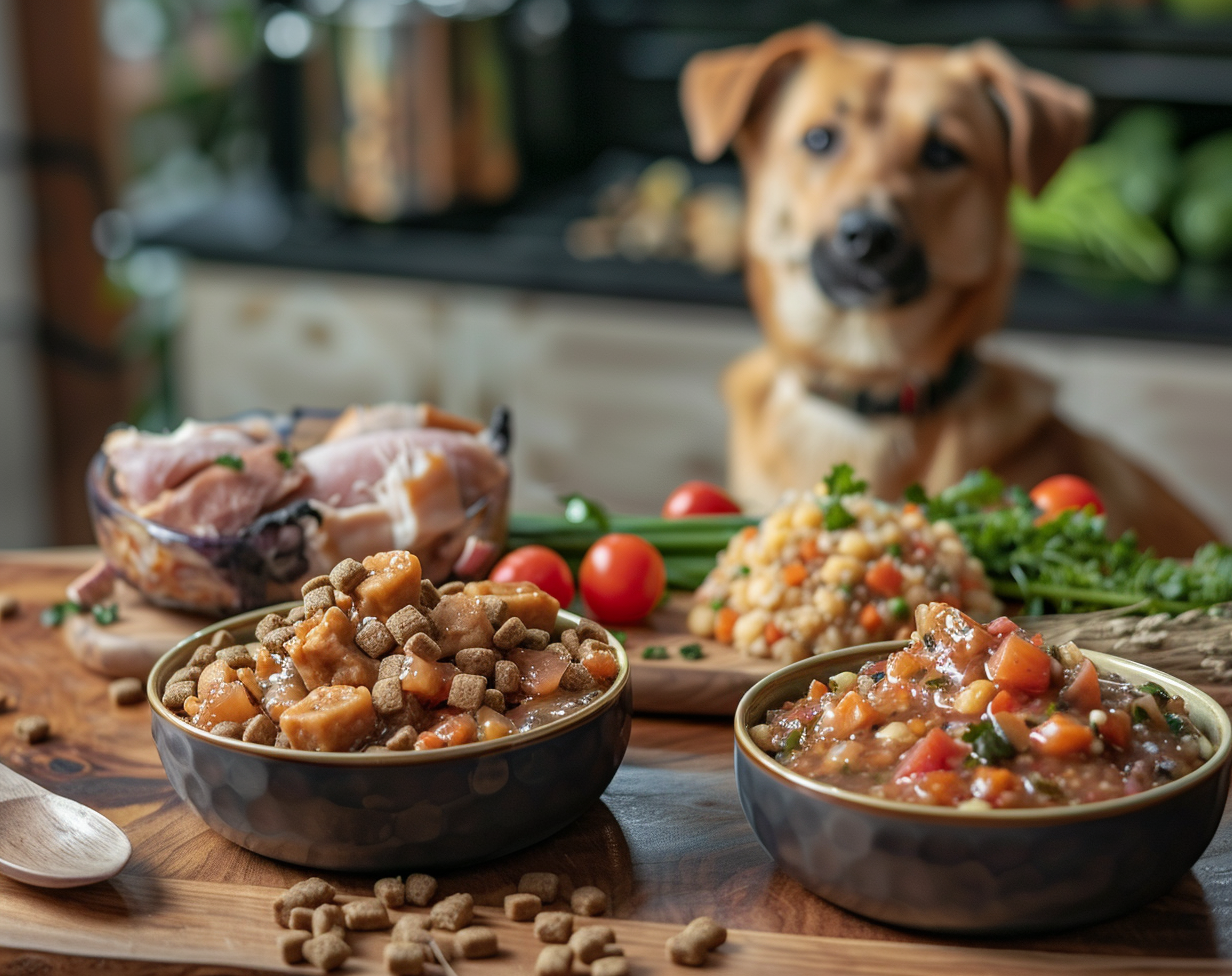The dry and wet dog food choices can make dog owners feel indecisive if they don’t have the right knowledge. Hard food for dogs means dry food with a crunchy texture. On the other hand, soft food is a wet food that has a higher content of moisture. Here, the blog discusses hard food vs soft food for dogs. It also focuses on the benefits of both food types with details of nutritional value.
Hard and Soft Food: Nutritional Content
With a long list of the best food for dogs, you need to understand the nutritional needs of dogs. Generally, growing puppies need high calcium and protein. Adult dogs can maintain their health and energy levels with balanced protein, fats, and moderate calories. In addition, senior dogs deserve lower calories, higher fiber, and joint supplements for their joint health. A dog nutrition guide puts light on nutrient types for dogs to maintain a vigorous lifestyle.
- Protein: Good for dog’s muscle growth and maintenance
- Fats: Energy source needed to absorb vitamins
- Carbohydrates: Energy for an active lifestyle
- Vitamins: Important for immune system function and overall health
- Minerals: Support for bone health, nerve function, and cellular processes
- Water: Sustenance for quick digestion and nutrient absorption
Generally, wet food owns up to 84% moisture. Dry food may have 3-12% water content. Both food types help in
- Building blocks for enzymes, hormones, and other vital body processes
- Improving dogs’ gastrointestinal health and cognitive function
- Maintaining hydration, balance, and fluids in the body
- Maintaining your dog’s healthy skin and coat
- Promoting bone health to fighting infections
- Regulating body temperature
Hard vs Soft Dog Food
Once you understand the importance of dry (hard) and wet (soft) food collectively, it is time to make a difference between both of them. The following table helps you compare both the types. It shows:
| Factor | Hard Food (Dry) | Soft Food (Wet) |
| Texture | Crunchy and firm; helps in cleaning teeth | Soft and moist; easier to chew |
| Dental Health | Promotes dental health by reducing plaque and tartar | May stick to teeth, increasing the risk of decay |
| Digestibility | May be harder for older dogs or those with dental issues | Easier to digest, especially for puppies and seniors |
| Nutrient Density | Often more calorie-dense, requiring smaller servings | Contains more water, requiring larger servings for the same nutrients |
| Storage | Easy to store, longer shelf life | Requires refrigeration after opening |
| Hydration | Low water content, not suitable for hydration | High water content helps keep dogs hydrated |
| Taste Appeal | Some dogs may find it less flavorful | Generally more palatable and flavorful |
| Cost | Usually more affordable | Can be more expensive |
Kibble (hard food or dog biscuit)
Kibble is a dry food. It comes with grain, vegetable, meat, and legume content. It is dried. This dry food is crushed into bite-sized bits. This table on dog kibble vs wet food puts lights on both dog food types. On the factor of convenience, you will find a dog kibble easy to measure, store, and serve. It is often fortified with essential vitamins and minerals, in terms of nutritional value. It comes with low water content. That is why it is less hydrating.
When compared to wet food, kibble is found more budget friendly. It is found that wet food is more flavorful and appetizing for dogs. Hence, some dogs may find kibble less appealing in terms of taste preference. If you look at hard vs soft dog food benefits, you will find wet food protein-rich and easier to chew. It is more appetizing and good for sensitive stomachs. Dry food is good for weight management. It has a longer shelf life. Broadly, both wet and food types have their own pros and cons. Some dogs may find these food types quite useful for them. It is also possible that a few dogs fail to get real benefits from these foods.
If you look at hard vs soft dog food benefits, you will find wet food protein-rich and easier to chew. It is more appetizing and good for sensitive stomachs. Dry food is good for weight management. It has a longer shelf life. The selection of any one food type between the two hinges on dogs’ health and nutritional needs. Always ask your vet for recommendations before you feed your furry companion with dog treats available in the market.




